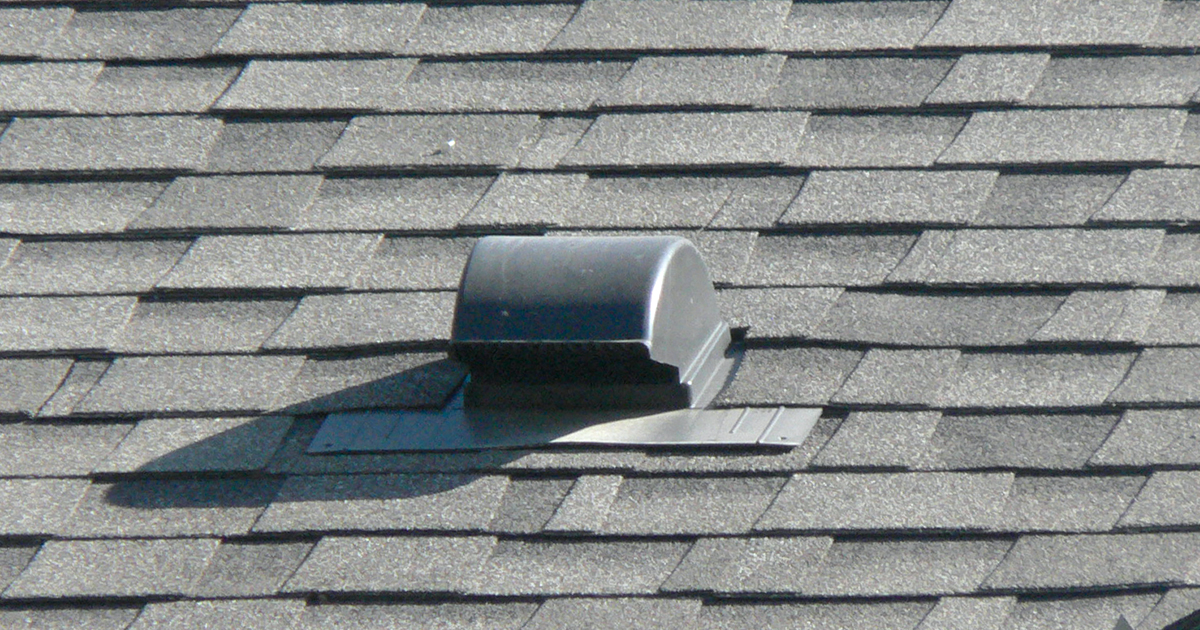Keeping a clean dryer vent is much easier when you can safely reach the exit.
Rain entering through roof vent.
Dryer vents should always be vented through the side of the house and not vented through the roof and ideally the exit should be fairly close to the ground.
Rain coming in via bathroom vent on roof we have a straight pvc pipe that exits straight up from our roof and rain water has been getting in during heavy downpours.
When the turbine is spinning raindrops are deflected off of the spinning surface keeping your attic nice and dry.
Remove debris make sure your roof valleys are clear of debris re shingle valleys valleys may need to be reshingled with new ice and water shield put in place.
Difficulty cleaning dryer vent.
The most conservative approach to prevent ing wind driven rain from entering the attic is to eliminate attic ventilation but unvented at tics are controversial.
You don t have to worry about rain coming in your attic with a whirlybird vent.
These terminals need to be cleaned on a regular basis to prevent lint buildup.
It s also a good idea to check the nails or screws where the bath vent cover was installed into the roof sheathing.
Although allowed by the international residential code irc provided the code s criteria are met unvented attics may not comply with local building codes.
If the vent flapper is stuck open or is missing when there is heavy rain water can easily enter into your vent cover travel down the hose and drip all the way down into your bathroom.
Use a ladder to access the vent and tighten the.
What are the.
How to keep rain from blowing in attic vents securing vents.
Is there any issue with throwing a 90 or 180 degree bend on the pipe or is there a reason for these pipes needing to be straight and without some sort of cap.
This process also helps to reduce the amount of moisture buildup in your roof avoiding any damages to your roof members.
Even when the turbine is not being turned by the wind it gives one more exit point for hot air from your attic.
Adding sheet metal to the seams of your vent covers strengthens them and increases their ability to keep rain.
Just set the pan on top of the insulation under the vent.
This only works if you have water coming in now and then.
I have had a similar problem on a couple rental houses.
Loose vent covers can allow rain to blow into the attic.
I put a washer or hot water heater catch pan underneath the vent in the attic.
When you are up on the roof it is also important to check that the flap is working properly.
When the wind blows rain in the pan catches it and then the water evaporates away.

